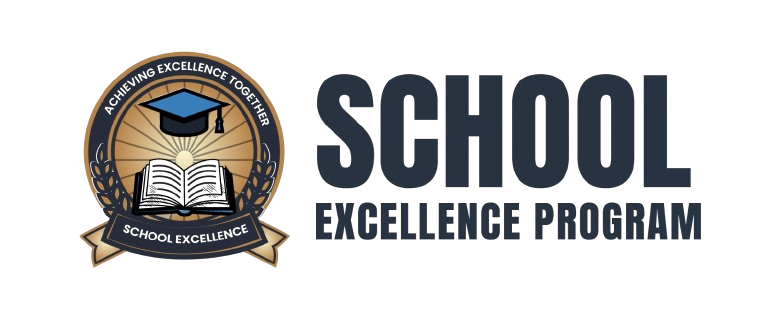From Admin to Alignment: The New Role of School Leadership
In today’s fast-changing educational landscape, school leadership is no longer about just managing administrative tasks. It’s about driving alignment — alignment of vision, systems, people, and purpose. The role of school leaders has evolved from reactive management to proactive transformation. They are now expected to be visionaries, culture architects, and execution enablers — all at once.
Traditionally, school principals and administrators focused on schedules, discipline, exam timetables, and daily operations. While these are still important, the real value of modern leadership lies in aligning all parts of the school to a shared mission of excellence. This includes aligning the curriculum with real-world needs, staff development with student learning goals, parent expectations with institutional values, and resources with long-term outcomes.
So how can school leaders move from administrative overload to strategic alignment?
1. Clarity of Vision
Leadership starts with clarity. A clear and compelling vision for the school helps every stakeholder — teachers, students, parents, and staff — move in the same direction. Without this clarity, energy gets scattered. Strong leadership communicates this vision constantly and ensures it informs all decisions, from admissions policies to academic calendars.
2. Empowered Teams Over Micromanagement
Instead of doing everything themselves, successful school leaders empower teachers and coordinators with the right training and frameworks. They build leadership capacity at every level. This shift frees up the leadership to focus on the bigger picture while fostering ownership and accountability among the staff.
3. Systems Thinking
One of the most overlooked aspects of school leadership is building systems. When systems are in place — for academics, behavior, communication, feedback, event planning, and assessments — the school becomes less dependent on individual memory or effort and more reliant on consistent processes. This reduces chaos, improves efficiency, and creates stability even with staff turnover.
4. Data-Driven Decision Making
Leaders today must rely not just on instinct but also on insights. When attendance patterns, academic performance, staff feedback, and parental satisfaction are tracked and analyzed, leaders can take targeted actions that actually work. Data ensures that the school stays responsive rather than reactive.
5. The Role of The School Excellence Program, an Eco System
This is where The School Excellence Program, an Eco System becomes a game changer. It helps school leaders move beyond administration to institution building. By providing structured tools for academic planning, staff training, parent engagement, student development, and operational optimization — all aligned to a larger vision — the program enables schools to build systems, measure outcomes, and evolve continuously.
This Eco System is not just a checklist or a software tool. It’s a school-wide transformation journey designed to elevate leadership from firefighting to future-building.
Conclusion
In the end, the true power of school leadership lies not in how well one manages, but in how well one aligns. When every part of the school — people, processes, programs — moves in harmony, excellence becomes inevitable. It’s time to redefine leadership not as administration, but as alignment — and that’s how great schools are built.

